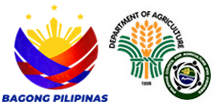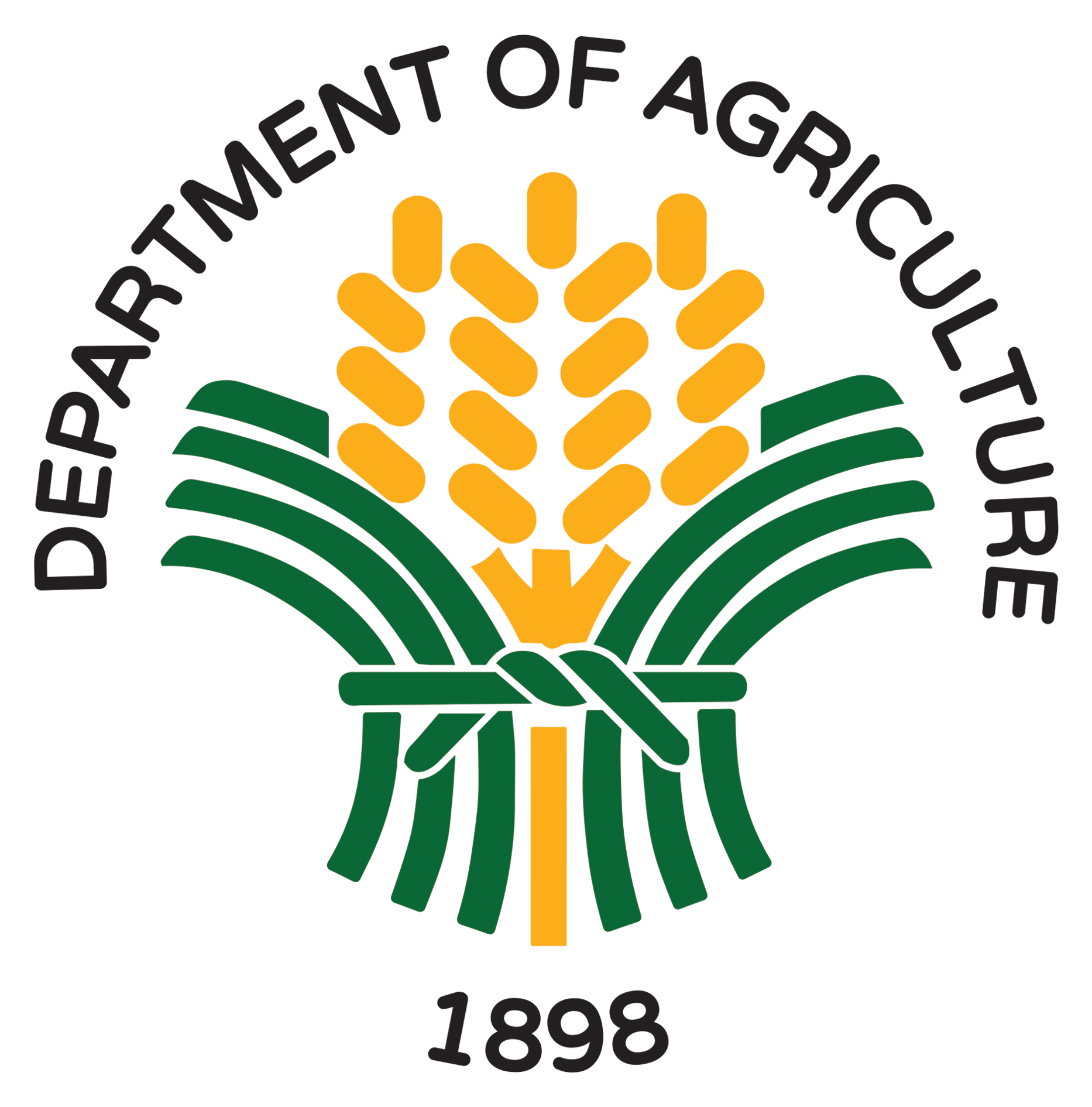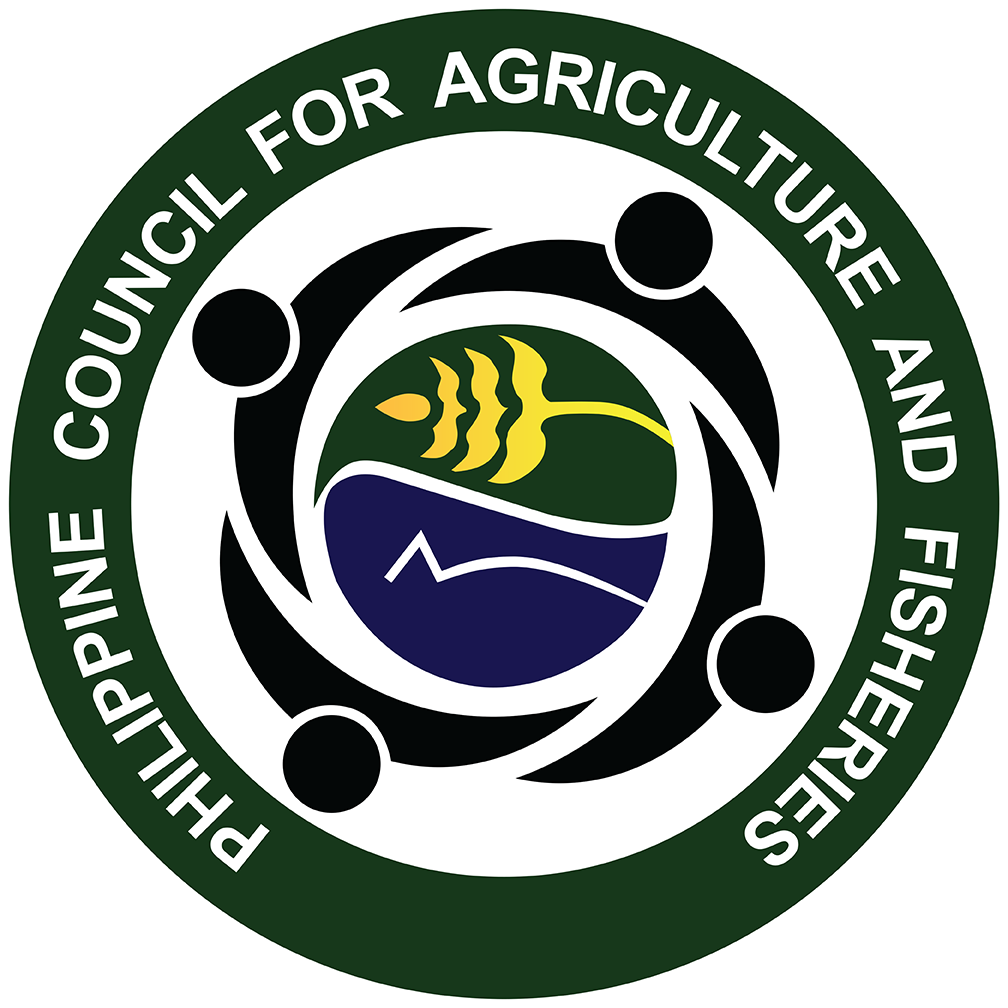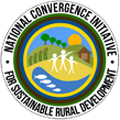
As the country prepares for its climate action plan to cut emissions and adapt to climate impacts or known as the Nationally Determined Contribution (NDC), the Climate Change Commission (CCC) presented the Philippine NDC salient features to the Committee on Climate Change, Environment and Natural Resources on February 4, 2022.
According to CCC Policy Research and Development Chief Jerome Ilagan, they have already submitted the country’s NDC to the United Nations Framework Convention on Climate Change (UNFCCC) on April 15, 2021, covering mitigation measures in the sectors of agriculture, waste, industry (manufacturing), transportation, and energy.
CCC opted to engage all concerned government agencies, particularly the Philippine Council for Agriculture and Fisheries and its private-sector partners in the local and national Agricultural and Fishery Councils, in the fine-tuning, cascading and implementation of NDC.
The move is in line with one of the agreements in the Glasgow Climate Change Conference of Parties (COP) 26 wherein parties need to develop the Global Stocktake of National Adaptation Plans by 2023 and communicate their respective NDCs before the next COP in November 2022.
The NDC aims to serve as a guide in the country’s long-term development plan to help achieve the Paris Agreement goal of limiting the global average temperature increase to below 2°C.
In the latest National Greenhouse Gas Inventory (GHGI) in 2010, the Philippines’ GHG emission was reported to have grown to a total of 159 metric tons of carbon dioxide equivalent (Mt C02e), sharing 0.31% in the world total. Almost 30% or 43.152 Mt C02e of the country’s total came from the agriculture sector.
Given this, the Department of Agriculture (DA), through its Climate Resilient Agriculture Office, presented a holistic approach of transforming Philippine Agriculture towards low-carbon, climate-resilient food systems by 2050.
Through a well-financed conditional NDC, DA aims to enhance, augment, and replace agricultural equipment, software, machineries, and postharvest facilities with innovative technologies, practices, and systems focused on reducing carbon emissions and countering the adverse impacts of climate change in the sector.
These measures intend to reduce loss and damage due to climate-induced hazards in agriculture by 80% or PhP 29 billion/year.
One of the major recommendations during the meeting was to update the GHGI tool and expand data inputs for accuracy and inclusion of the fisheries and aquaculture sector that will help in the effective implementation of appropriate adaptation and mitigation measures.
On the other hand, Land Bank of the Philippines, the financial institution wholly owned by the government, shared with the Committee the Green Climate Fund Financing Program along with the list and status of pipeline projects that were submitted for adaptation and mitigation efforts on climate change.
The Committee also conducted a nomination for its Chairperson, who will lead succeeding meetings and oversee its outputs. The announcement of the selected Chairperson will be done in the next meeting. | JCL–











